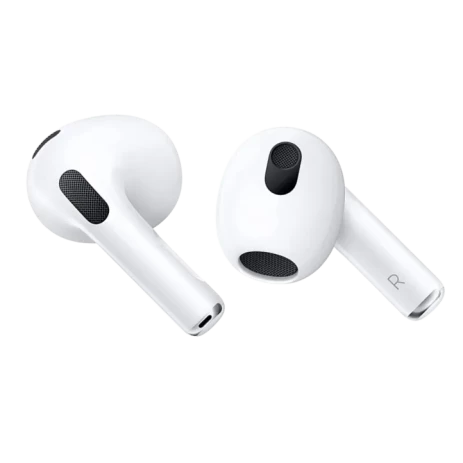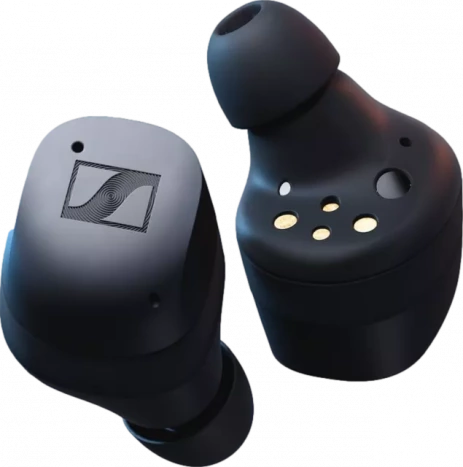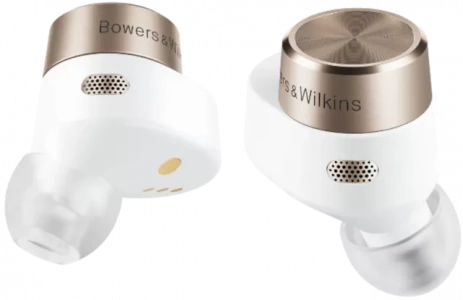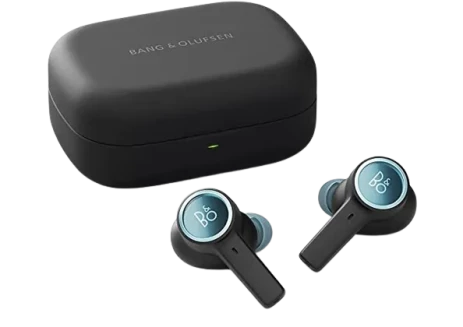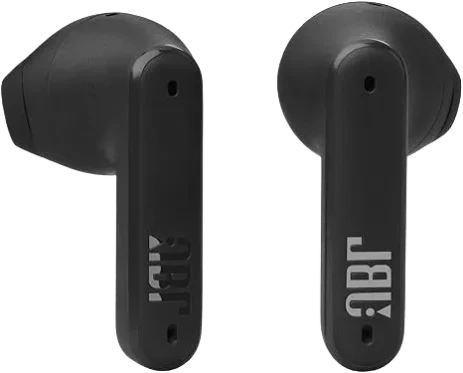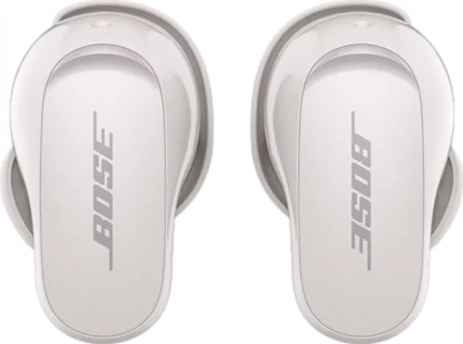Ingress Protection (Ip) Rating
Ingress protection ratings is the level of protection given by a casing, against dust and water. The letters 'IP' are followed by two values The first value of the IP rating represents protection against solids such as dust, followed by the one that refers to resistance against liquids (water).
Having a value of IPX4, the Nothing Ear 1's rating is read as, the first number of X denotes that no data available to specify a protection rating, and of liquids that they can withstand low pressure spray similar to that of a shower head when tilted at 180° for 10 minutes.
Weight
Nothing Ear 1 have a weight of 9.4g . We prefer a lower weight better for the reason that lighter devices are easier to carry.
Has No Wires Or Cables
For a device to be true wireless it must have no cables linking any part of the device together, Nothing Ear 1 are true wireless for this case since they have no wires. This is a major distinction since wireless earbuds have wires linking the 2 earbuds .
Sweat Resistance
Nothing Ear 1 have sweat resistance
Has Stereo Speakers
Nothing Ear 1 have stereo speakers, devices with stereo speakers deliver sound from separate channels on both left and right sides, this creates a richer sound and a better listening experience.
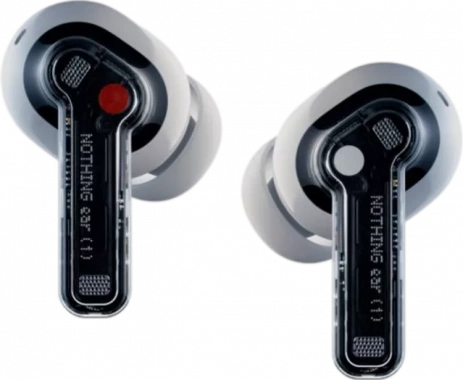
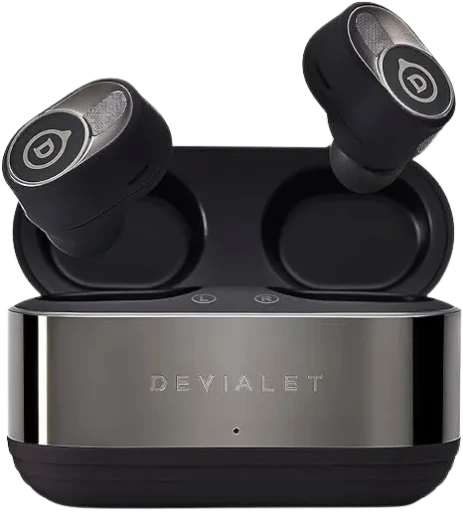 Devialet Gemini 2 Vs. Nothing Ear 1 Review
Devialet Gemini 2 Vs. Nothing Ear 1 Review
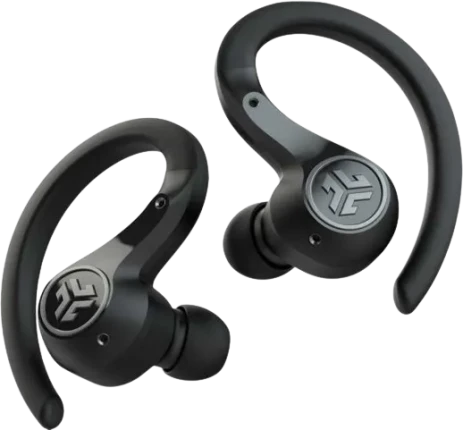 Jlab Audio Epic Air Sport Anc Vs. Nothing Ear 1 Review
Jlab Audio Epic Air Sport Anc Vs. Nothing Ear 1 Review
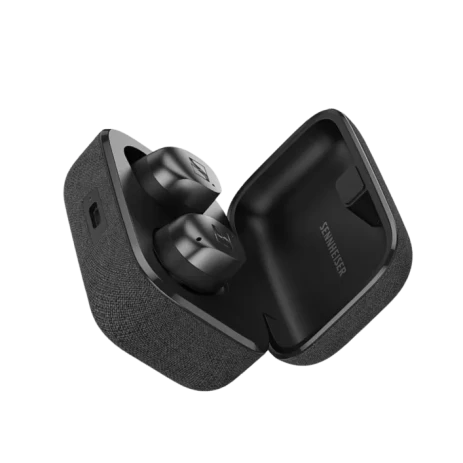 Sennheiser Momentum True Wireless 4 Vs. Nothing Ear 1 Review
Sennheiser Momentum True Wireless 4 Vs. Nothing Ear 1 Review
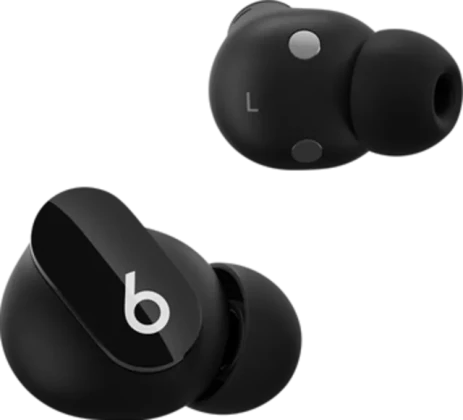
_1671835316.webp)
